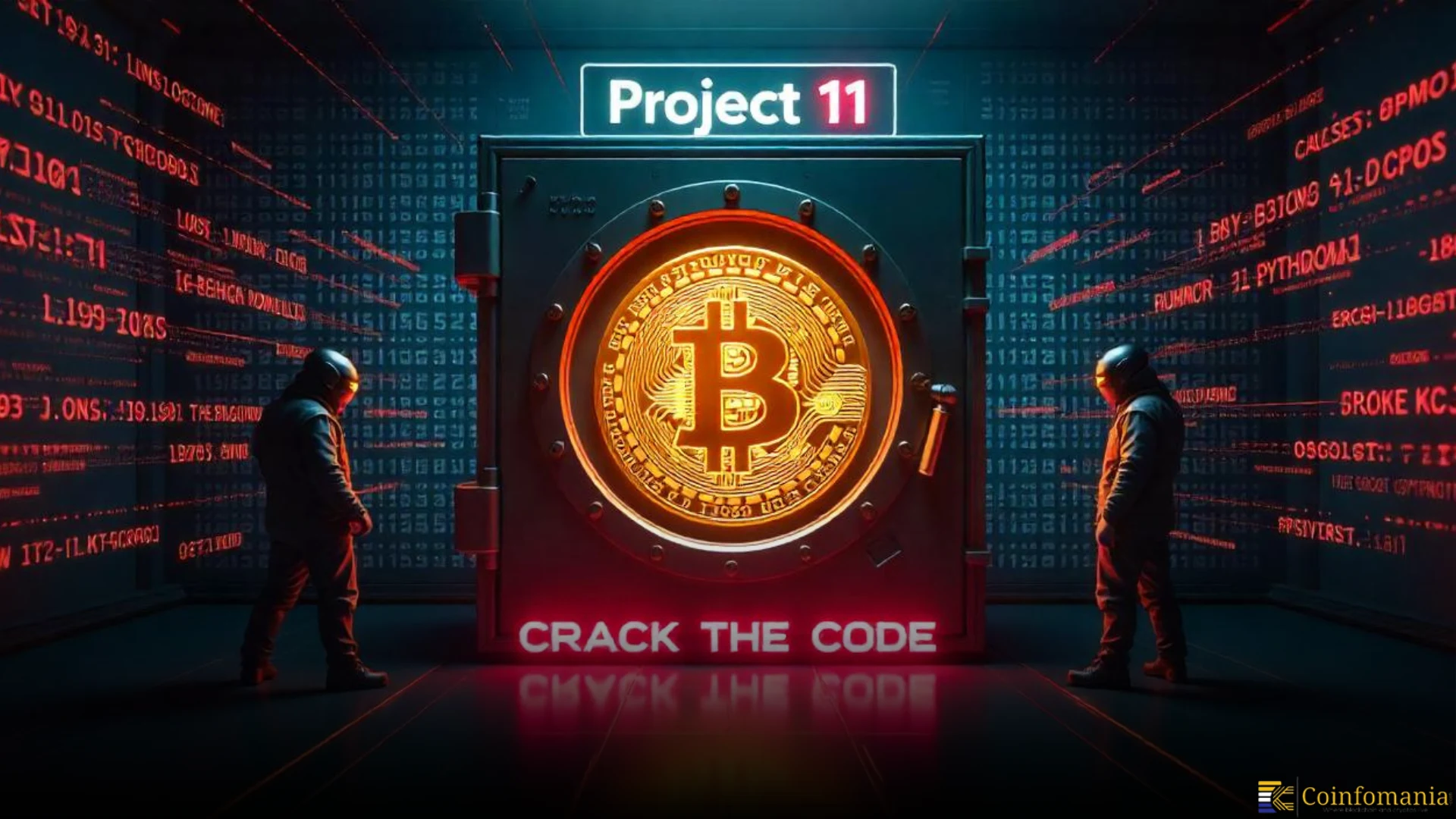Crack the Code, Win 1 BTC: Project 11 Tests Bitcoin’s Quantum Resilience
0
0

A groundbreaking challenge is making waves in the tech world. Quantum computing research firm Project Eleven has launched a competition aimed at testing how real the quantum threat to Bitcoin truly is. Called the “Q-Day Prize,” the competition promises 1 Bitcoin (worth around $84,000 at launch) to anyone who can crack the biggest portion of a Bitcoin private key using a quantum computer within the next year.
This isn’t just a game. It’s a serious attempt to find out if Bitcoin’s current security setup, based on elliptic curve cryptography (ECC), can hold up in the face of rapidly advancing quantum technology.
Why This Matters: A Silent Risk for Bitcoin
Project Eleven pointed out that over 10 million Bitcoin addresses have already exposed their public keys. If quantum computers become strong enough, those exposed addresses could be at risk. In total, that’s around 6 million Bitcoin, or nearly $500 billion, hanging in the balance.
While that may sound alarming, this challenge aims to benchmark the real risk. Instead of speculating, Project Eleven wants to see what’s possible with the current quantum tech. The idea isn’t to actually steal Bitcoin, it’s to send a wake-up call to the crypto world and push for quantum-resistant solutions before it’s too late.
The Mission: Shor’s Algorithm and Pure Quantum Power
The rules of the game are clear: use Shor’s algorithm on a real quantum computer to crack parts of an ECC key. No shortcuts. No hybrid tricks with classical computers. Just pure quantum muscle.
Even breaking just a few bits of a key would be a massive achievement, and as Project Eleven says, “A 3-bit key would be big news.” That’s because no real-world ECC key has ever been broken before. Whoever manages to pull this off will go down in cryptography history.
Where Are We Now? A Look at Quantum Capabilities
Right now, we’re not quite at the stage where quantum computers can break Bitcoin. According to experts, it would take around 2,000 logical qubits (with error correction) to break a 256-bit ECC key. Currently, the top chips, like IBM’s Heron and Google’s Willow, can handle 156 and 105 qubits, respectively.
But we’re getting closer. And with tech giants like IBM, Google, and Amazon offering quantum computing access to researchers and developers, it’s only a matter of when, not if, this becomes a reality.
What the Crypto Community Thinks
Opinions are mixed. Bitcoin advocate Jameson Lopp said in March that the threat of quantum computing is still “unanswerable.” It’s not a crisis yet, but given how hard it is to make changes to Bitcoin’s core code, it’s wise to start preparing.
Tether CEO Paolo Ardoino agrees that the concern is valid but remains confident. He believes that quantum-proof Bitcoin addresses will be rolled out well before any real danger comes knocking.
In conclusion, the Q-Day Prize isn’t just about breaking keys; it’s about preparing for a new era of technology. Whether or not someone cracks a key, this challenge could push the crypto world toward stronger, future-proof security, which is a win for everyone.
The post Crack the Code, Win 1 BTC: Project 11 Tests Bitcoin’s Quantum Resilience appeared first on Coinfomania.
0
0
 Manage all your crypto, NFT and DeFi from one place
Manage all your crypto, NFT and DeFi from one placeSecurely connect the portfolio you’re using to start.






